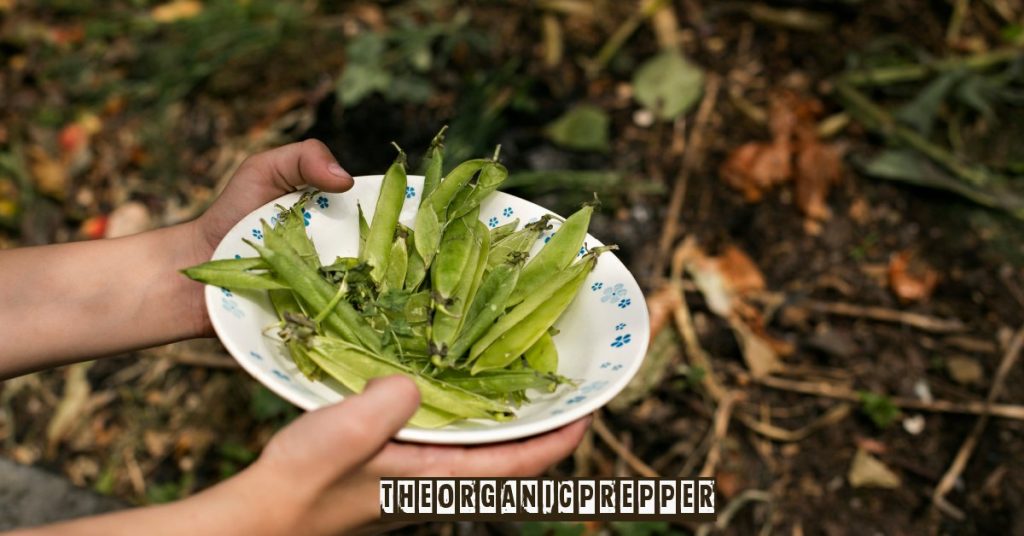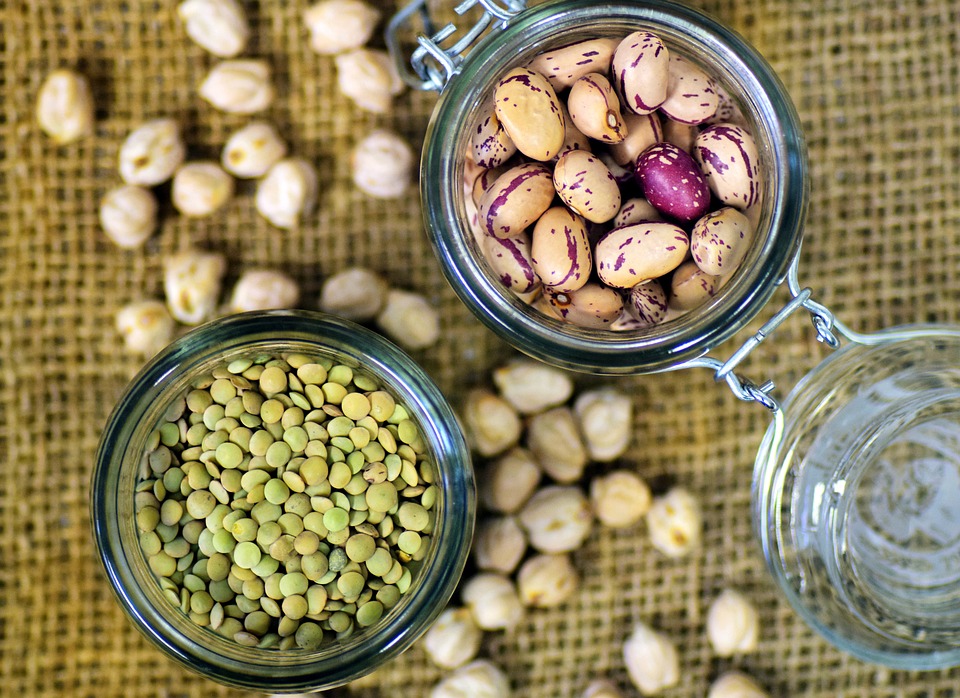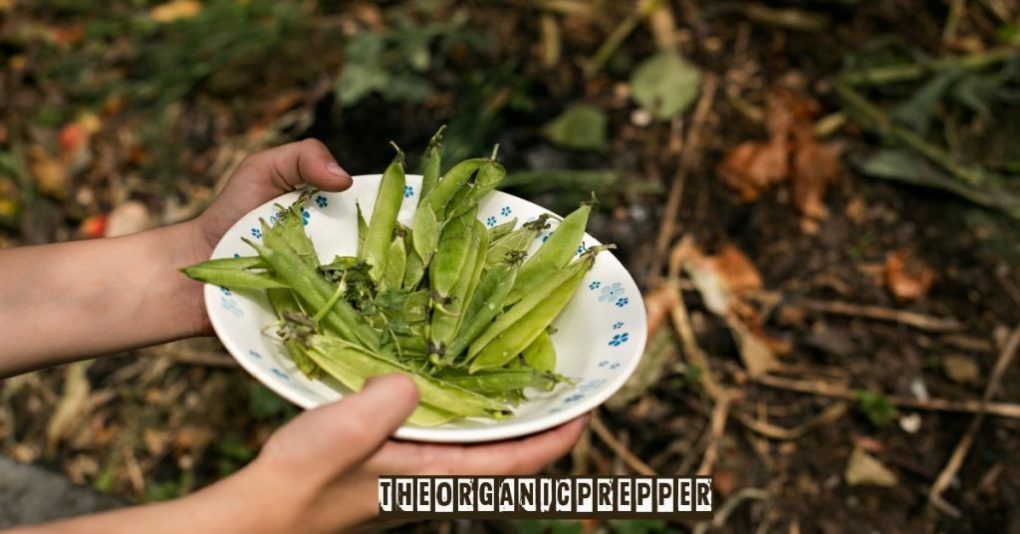How to Get Started With Kitchen Scrap Gardening
 By Amy Allen
By Amy Allen
Kitchen scrap gardening is another way to recycle rather than buy. The basic premise is that some vegetables, though not all, will regrow from their parts. By recycling kitchen scraps, we save money on the grocery bill.
It’s environmentally friendly, can be done in small spaces, and can even serve as a science experiment for the kids. Best of all: home-grown vegetables aren’t treated with pesticides or anything else, and the nutrient density is higher since it wasn’t picked for travel before ripening. In fact, many things from our Cut-and-Come-Again gardens can be regrown in this way. What’s not to love?
There are a couple of things to be aware of.
Not every vegetable can be grown in this way, and it may be better to start with organic produce since many store-bought vegetables have been treated with non-sprouting agents. Also, not everything will sprout. Keep an eye on things and if you haven’t seen sprouts developing in about one week, toss it and try again.
There are many techniques, each one applicable to certain vegetables. Let’s start with the obvious.
Saving seeds!
Whether it’s a tomato, cucumber, or even an avocado, vegetables come with seeds. Why buy what Nature gives us freely? Yes, there are some caveats. There’s no way to know what variety the plant comes from or if that variety is an heirloom, open-pollinated, or a hybrid. You’ll still get a perfectly edible vegetable.
It simply may not look like the parent plant. Keep what works and toss what doesn’t, and add up what that would cost you from the grocery store. I think you’ll count yourself as better off.
(You need to know how to preserve what you grow! Check out our free QUICKSTART Guide to home canning.)
What can you plant?
Avocados can be grown by washing the seed thoroughly, then using toothpicks to suspend it in some water. The water should cover about 1” of the seed. Keep the container warm and out of direct sunlight, and keep adding more water as needed. This one can take about six weeks for roots to appear. When the roots are about 6” long, cut them back to 3”. When leaves appear, you can plant the seed, but remember to leave about half of it above ground.

Carrots, beets, turnips, and parsnips can be grown by leaving about 1-2” of root crown along with the tops when you’re preparing them. The new roots may not be as useful as the originals, but the tops are both useful and delicious! Use the foliage for a mixed-green salad or herb substitute.
Pineapple is another candidate for this method. Cut the top and suspend it in a shallow dish of water using toothpicks, similar to avocado. Keep the container in direct sunlight if it’s warm during the day and move it inside at night. You’ll also need to change the water every other day or so and keep the container filled, so it comes to just about the base of the plant. Roots should grow in about one week, and once they’re well-formed, plant in soil. Remember, pineapple is a tropical plant. If your winters are not, it’s best to grow this one indoors.
How about those plant cuttings?
Many herbs, such as basil, mint, rosemary, parsley, and cilantro, will grow from cutting just like a philodendron. Strip the leaves from the stem, leaving the top two sets of leaves. Put in a glass of water on a warm windowsill.
E-Course: Bio-Intensive Gardening
I find it’s helpful to cover the glass with plastic wrap and poke the stems through, as this keeps the water from evaporating. Keep an eye on it and plant it in soil when you see good root development. One of the greatest things about rooting herbs is the longevity of the plants. I’ve kept parsley growing for 3-4 years in a container, overwintering in my house and moving outside during the growing season.
Make use of those tubers.

Potatoes and sweet potatoes can be grown in containers by planting the tubers. You’ll want a very large container or garden plot since these take up some room, and they’re not great companion plants for many other things. They can be grown with spinach and onions quite amicably, however. Do keep in mind that these are often treated with non-sprouting agents, but nothing lasts forever. If you’ve got some in your bag that are sprouting, those are the best for this purpose.
Regrowing roots
Onions, lettuce, cabbages, and celery can be regrown by planting the root crown, much as planting tops above. Similar to above, cut off the usable portion while leaving a generous amount of leaf attached to the crown. Plant in damp soil. It should be noted that you’ll get looser leaves than the original, and the texture may be a bit tough. Consider using these for adding flavor to stocks.
Ginger is another plant that can be regrown in this way. Put your extra root into some moist potting soil with the newest buds facing up.
Plant legumes

Those leftover beans you bought in the dry good section are mature seeds and can be planted. Soak them overnight, then plant as usual.
Garlic can be grown by planting any extra cloves into a pot. Roots down, of course, with the pointy side up in the soil. Garlic likes it warm, but it also needs to overwinter. Keep it outdoors in the sun during the day. If your grow zone doesn’t receive subzero winter temperatures, then put the container in a garage or cool basement. It’ll grow back in spring with some lovely bulbs.
(Want uninterrupted access to The Organic Prepper? Check out our paid-subscription newsletter.)
Times have definitely changed during the past two years.
According to the USDA, Americans waste between 30-40% of the food supply. With things as they are, is that really a good idea? Between the supply chain problems, the shortages, and inflation, it only makes sense to stretch whatever we have as far as it will go!
Those of us whose parents and grandparents lived through the Great Depression know that nothing went to waste, not so much as a button or piece of string! By using techniques such as kitchen scrap gardening, we can return to these roots. We can follow the example set by others who lived through hard times and reuse or recycle everything we can.
What about you?
Do you regrow your kitchen scraps? Do you grow any not mentioned here? What have you had the best luck with? Tell us in the comments below!
About Amy Allen
Amy Allen is a professional bookworm and student of Life, the Universe, and Everything. She’s also a Master Gardener with a BS in biology, and has been growing food on her small urban lot since 2010.
Source: The Organic Prepper



